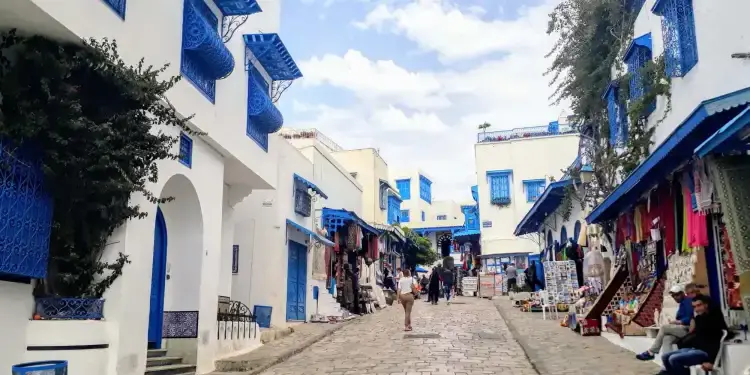Tunisia takes a new step in the enhancement of its cultural heritage. This Tuesday, January 28, 2025, the Minister of Cultural Affairs, Amina Srarfi, officially signed the application file aimed at registering the village of Sidi Bou Saïd on the UNESCO World Heritage List.
This dossier, entitled “Village of Sidi Bou Saïd: hub of cultural and spiritual inspiration in the Mediterranean”, will soon be subject to the World Heritage Committee for evaluation.
According to a press release from the Ministry of Cultural Affairs, UNESCO will examine this candidacy over a period of 18 months, notably by studying the architectural and technical aspects of the site. The final verdict is expected for the second half of 2026.
The inscription of Sidi Bou Saïd as a World Heritage would represent a significant advance for this emblematic village, known for its unique architecture, its picturesque alleys and its role of inspiration for many artists and intellectuals. Such a classification would strengthen its attractiveness on a tourist level and consolidate its cultural influence internationally.
The registration procedure is based on the work of a Tunisian delegation made up of representatives of the Ministry of Cultural Affairs, the National Institute of Heritage (INP), the Heritage development and cultural promotion agency, as well as a representative of civil society. The submission of the file at UNESCO will be supervised by the permanent representative of Tunisia in Paris.
If the candidacy of Sidi Bou Saïd is successful, he will join the nine Tunisian sites already listed as World Heritage. Among them, eight are cultural, including the Medina of Tunis, the Carthage site, the El Jem amphitheater, or the island of Djerba, recently classified in 2023. Tunisia also has a natural site registered since 1980: Ichkeul National Park, the last vestige of a large chain of freshwater lakes in North Africa.








